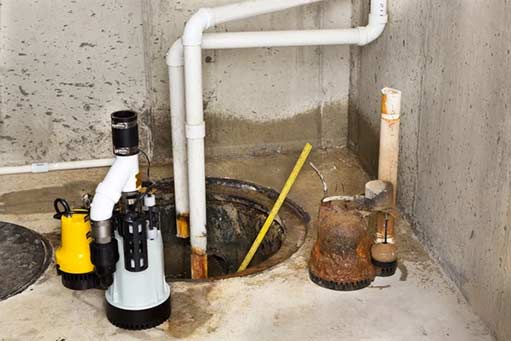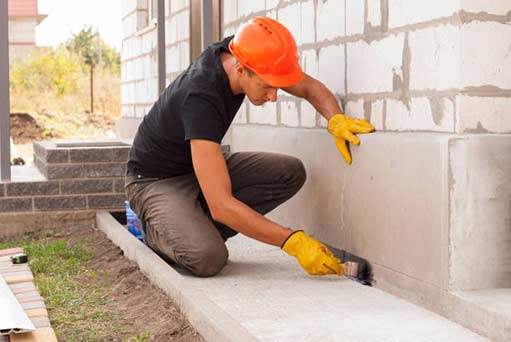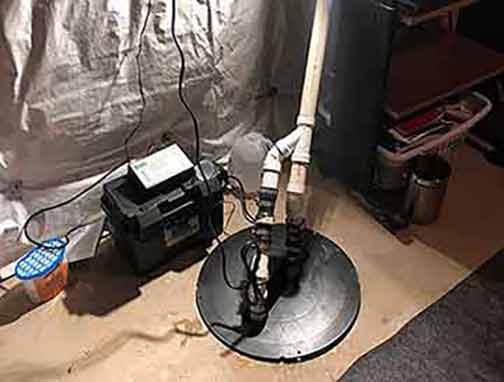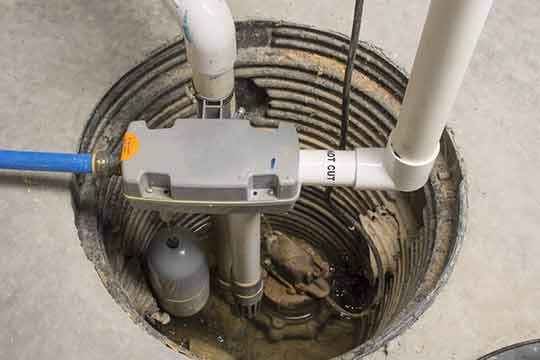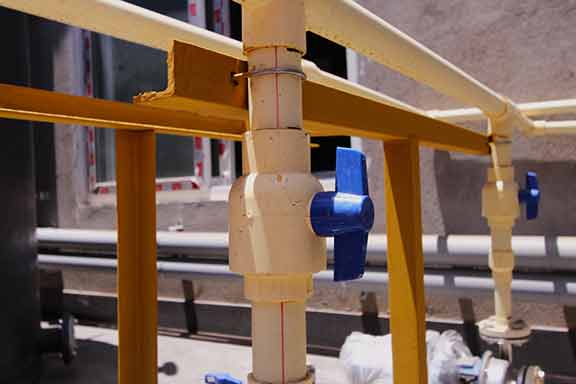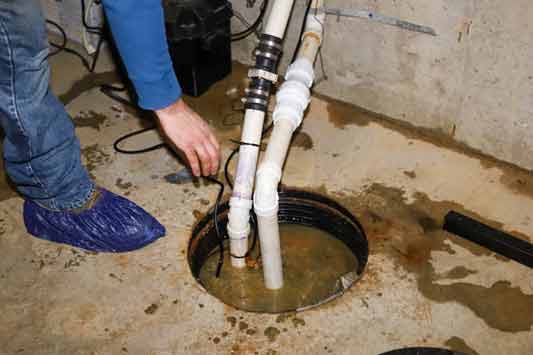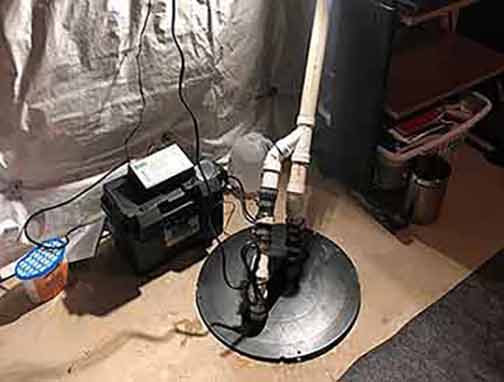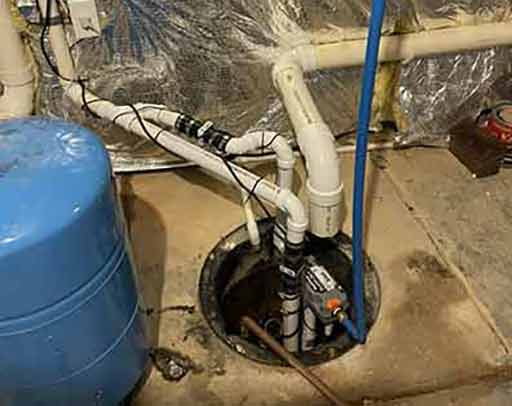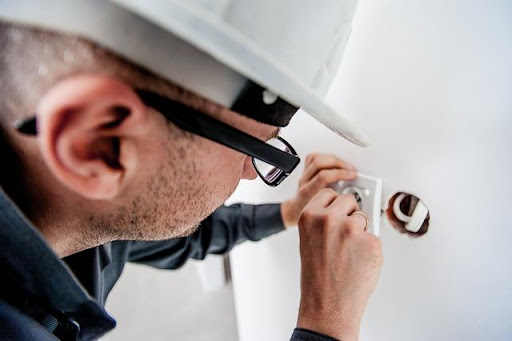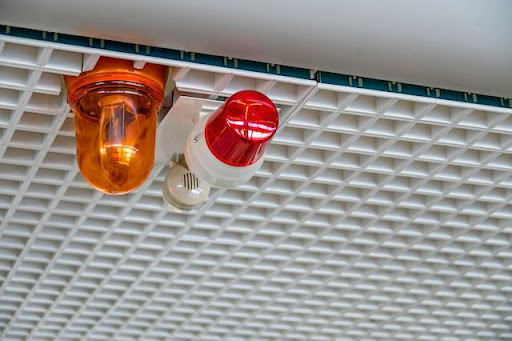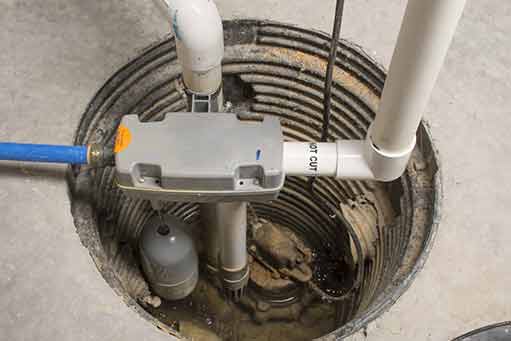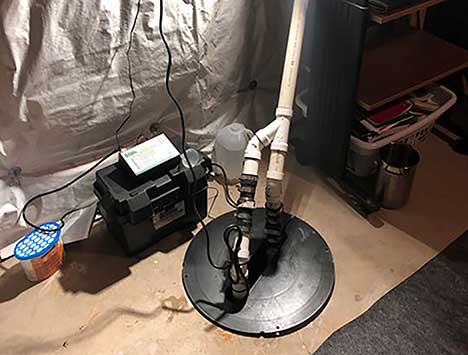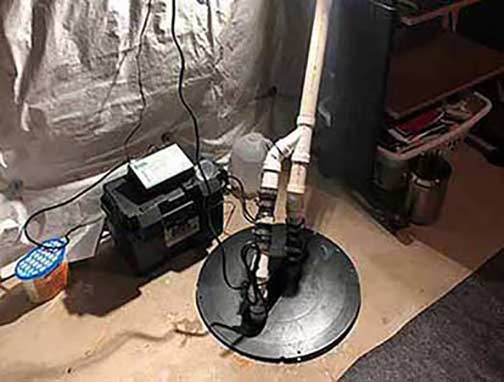
Chicago, a vibrant city known for its architectural marvels, diverse culture, and unpredictable weather patterns. While Chicago has much to offer its residents, it is also prone to heavy rainfall, causing occasional flooding in many areas. This is where having a sump pump battery backup becomes crucial to protect your basement from potential water damage. Here we will explore the importance of having a sump pump battery backup and how it can help you be prepared for unexpected flooding in Chicago.
Understanding the Role of a Sump Pump
A sump pump is a vital mechanism that keeps basements and crawl spaces dry by effectively pumping out excess water. It is typically installed in a pit, commonly known as the sump basin, located in the lowest part of the basement floor. When heavy rainfall or melting snow causes water to accumulate around the foundation of your home, the sump pump activates and prevents the water from infiltrating your basement.
While a standard sump pump is designed to efficiently remove water, it relies on electricity to operate. Unfortunately, during severe storms or prolonged power outages, the very same events that often lead to flooding, electricity can be disrupted. This is when a sump pump battery backup becomes indispensable.
The Functionality of a Sump Pump Battery Backup
A sump pump battery backup is a secondary power source that allows your sump pump to continue functioning even if the primary power supply is lost. It works by utilizing a battery to power the sump pump and ensure it can keep your basement dry during power outages or when the electrical system is compromised.
The battery backup system automatically detects when the main power supply fails and seamlessly switches to battery mode. This ensures that the sump pump can continue removing water and protecting your basement from flooding, even in dire circumstances.
Why Should You Invest in a Sump Pump Battery Backup?
Living in Chicago means you are no stranger to heavy rains and the occasional severe storm. Here are a few compelling reasons why investing in a sump pump battery backup is essential:
- Protection During Power Outages: One of the main advantages of having a sump pump battery backup is that it ensures your basement remains protected even when the power goes out. Power outages often occur during storms, precisely when flooding is most likely to happen. With a battery backup, you won’t have to worry about a non-functioning sump pump compromising the safety of your basement.
- Prevent Costly Water Damage: Flooding can lead to extensive damage to your basement and belongings, resulting in thousands of dollars in repairs. A sump pump battery backup acts as an insurance policy, preventing water damage that could occur if your primary sump pump fails during a power outage.
- Peace of Mind: Knowing that you have a reliable backup system in place can provide peace of mind. Instead of constantly worrying about potential flooding, you can trust that your sump pump battery backup will continue to protect your basement, even when you are not at home.
- Enhanced Property Value: Installing a sump pump battery backup adds value to your property by ensuring that it is well-equipped to handle any potential flooding. This can be an attractive selling point if you decide to put your house on the market in the future.
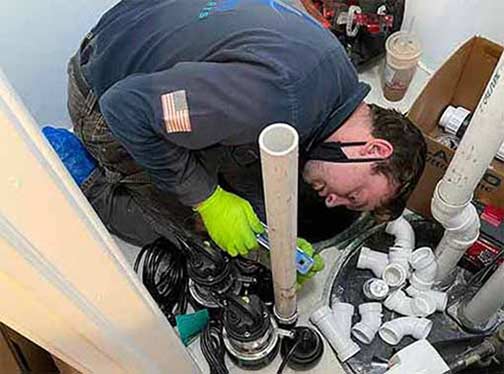
It is recommended to have your sump pump battery backup system installed by a professional. They have the expertise to ensure proper installation and can guide you on the best setup for your specific needs.
Selecting the Right Sump Pump Battery Backup
When it comes to choosing a sump pump battery backup, several factors should be taken into consideration:
- Battery Capacity: The battery’s capacity determines how long your sump pump can operate during a power outage. It is crucial to select a battery backup system with sufficient capacity to meet your needs.
- Battery Type: There are different types of batteries available, such as lead-acid and maintenance-free batteries. Research the advantages and disadvantages of each type and choose the one that best suits your requirements.
- Alarm System: Some sump pump backups come with an alarm system that alerts you when the backup system is activated. This can be beneficial in ensuring you are aware of any power outages or potential flooding situations.
- Maintenance and Testing: Regular maintenance and testing are essential to ensure your sump pump battery backup is ready to perform when needed. Familiarize yourself with the manufacturer’s recommendations and conduct routine checks to verify its functionality.
Installation and Maintenance Tips
To maximize the effectiveness of your sump pump battery backup, consider the following installation and maintenance tips:
- Professional Installation: It is recommended to have your sump pump battery backup system installed by a professional. They have the expertise to ensure proper installation and can guide you on the best setup for your specific needs.
- Regular Inspections: Schedule regular inspections of your sump pump and battery backup system to identify any potential issues or signs of wear and tear. Timely maintenance can prevent costly repairs in the long run.
- Backup Battery Replacement: Batteries typically have a lifespan of three to five years. Plan for regular battery replacement to ensure your sump pump remains functional during power outages.
- Familiarize Yourself: Take the time to familiarize yourself with the operation and functionality of your sump pump battery backup. In the event of an emergency, knowing how to manually activate the backup system can be invaluable.
In Conclusion
Living in Chicago means being prepared for the unexpected, including heavy rainfall and potential flooding. Installing a sump pump battery backup is a proactive step you can take to safeguard your basement from water damage. By providing a secondary power source during outages, a battery backup ensures your sump pump can continue removing water and protecting your valuable space. Invest in a reliable sump pump backup system, follow proper installation and maintenance practices, and gain the peace of mind that comes with being prepared.
